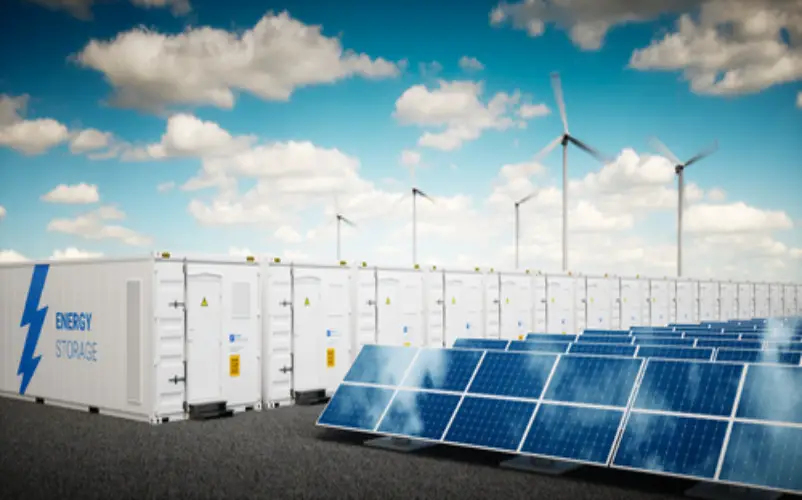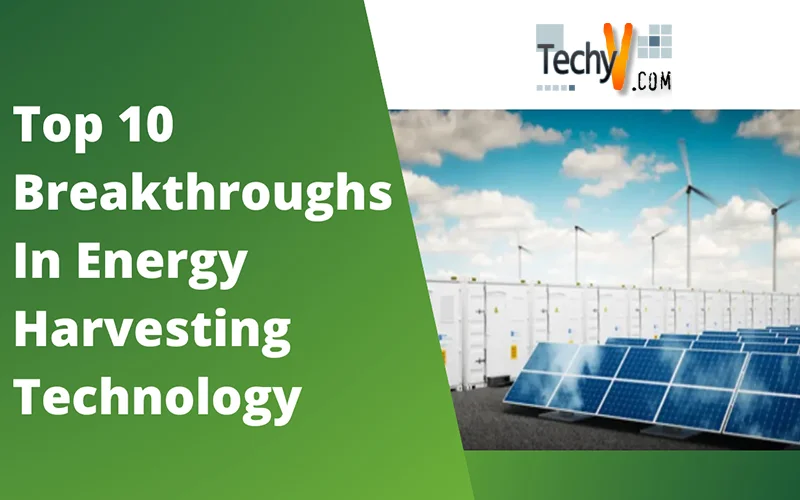Recent developments in energy harvesting technology have opened the door for creative approaches to fulfil the rising need for renewable energy sources. This article lists the top ten energy harvesting innovations, demonstrating outstanding advancements that might fundamentally alter how we produce and use electricity. These innovations present promising paths for a cleaner and more sustainable future, from capturing energy from routine activities to using renewable resources.
1. Piezoelectric Energy Harvesting
Utilizing materials that produce an electric charge when under mechanical stress, piezoelectric energy harvesting transforms mechanical energy into electrical energy. The effectiveness and scalability of piezoelectric materials have seen major advancements in research. This innovation enables the integration of piezoelectric components into commonplace items like shoes and roadways, enabling energy generation from pressure applied while walking or vehicular movement.
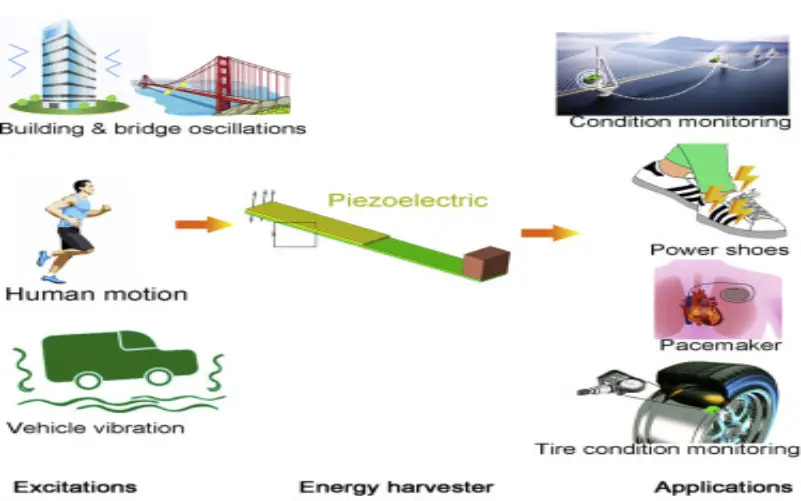
2. Solar Windows
Solar windows are transparent panels that may generate power from sunshine. Windows that produce power, as well as natural light, are now available thanks to recent developments in transparent solar cell technology. Specialized materials and coatings are used in these windows to catch solar energy while maintaining visibility. This innovation allows for the collection of renewable energy while lowering dependency on conventional power sources by incorporating solar panels inside structures.
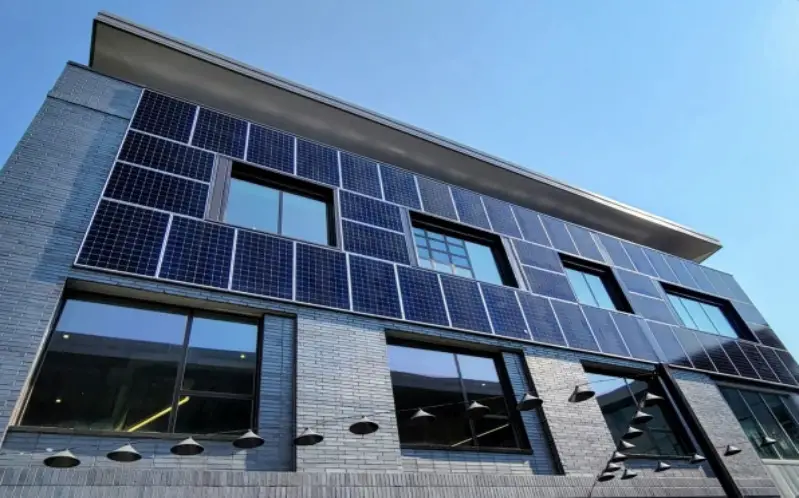
3. Thermoelectric Energy Harvesting
To produce electricity, thermoelectric energy harvesting takes use of the temperature difference between two surfaces. The conversion efficiency of thermoelectric materials has been greatly increased by technological advancements, enabling a variety of applications. These substances offer a practical method for supplying more power or powering low-energy devices since they may transform waste heat from industrial operations, car exhaust, or even human metabolism into useful electricity.
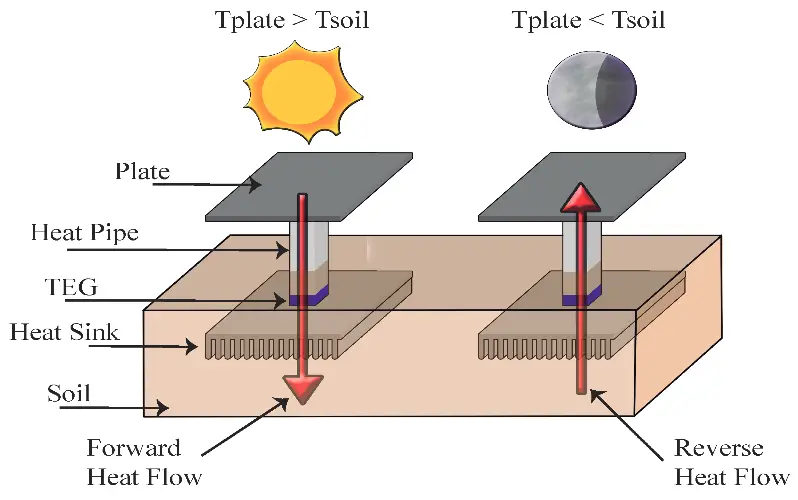
4. Bioenergy Harvesting
The goal of bioenergy harvesting is to get energy from biological sources, such as trash or organic matter like bacteria, plants, or animals. It is now feasible for the microbial digestion of organic materials to create electricity because of recent advancements in microbial fuel cells (MFCs). A renewable and sustainable alternative to conventional fossil fuels that lowers greenhouse gas emissions and dependence on non-renewable resources is also being developed for the manufacture of biofuel from biomass sources like algae and other kinds of biomass.
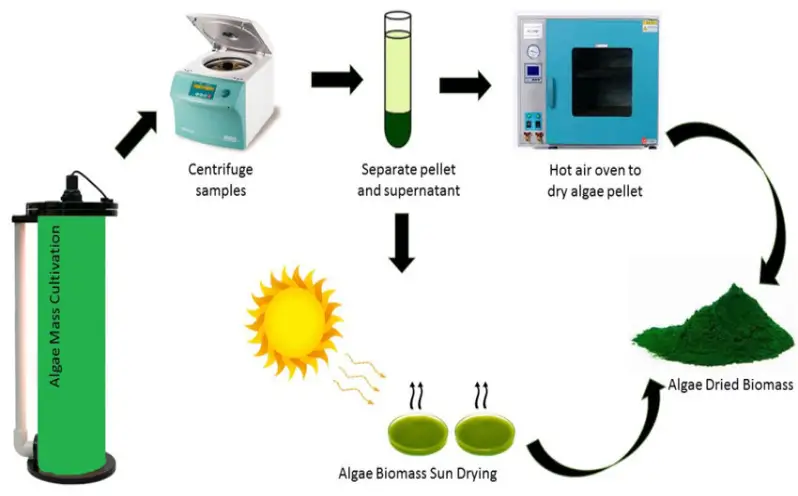
5. Kinetic Energy Harvesting
Kinetic energy harvesting is the process of drawing power from environmental vibrations or item motion. Ambient vibrations can be converted into electrical energy by little devices like microturbines or electromagnetic generators. This innovation has the potential to eliminate the need for batteries in small electronic devices, such as sensors or wearable electronics, lowering waste and upkeep needs.
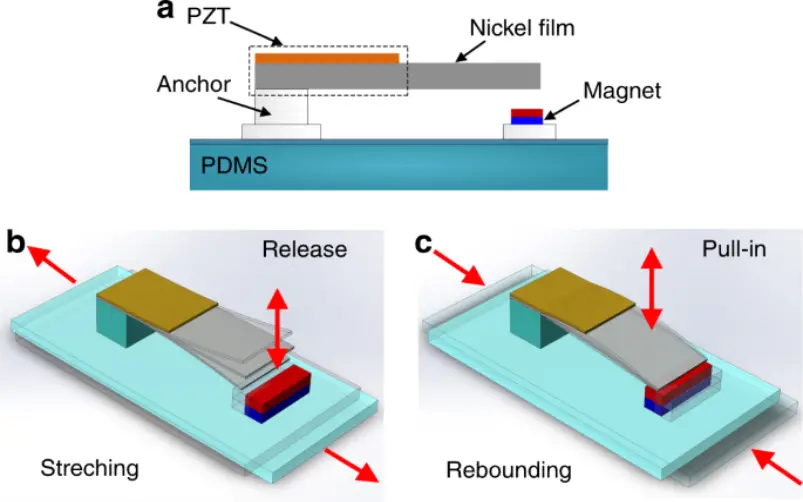
6. Flexible Energy Harvesting
Technologies for adaptable energy harvesting make it possible to obtain energy from unusual sources. Electronics that are stretchy and flexible can be incorporated into clothing or other flexible materials to capture energy from motion or mechanical deformation. This innovation creates possibilities for energy-harvesting implants for use in medicine, smart textiles, and self-powered wearable technology.
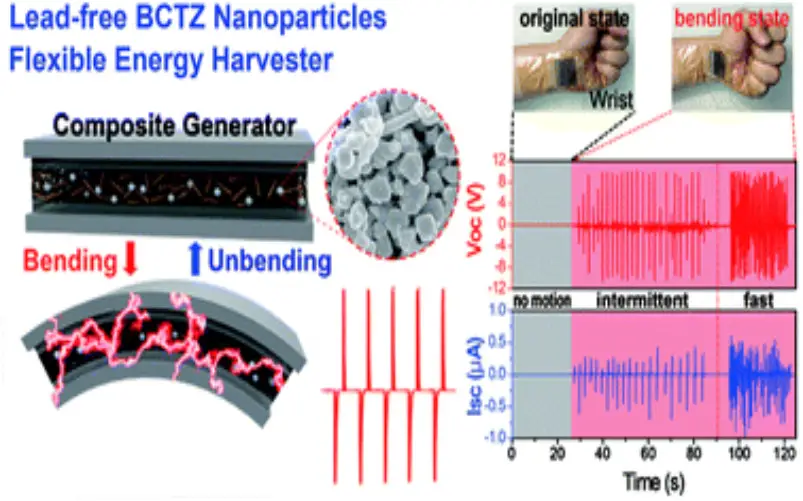
7. Radio Frequency (RF) Energy Harvesting
In RF energy harvesting, electromagnetic radiation is converted into electrical energy using radio frequency waves, as those used in Wi-Fi or cellular communications. Small, low-power devices may now be made that can harvest energy from the adjacent wireless communication infrastructure thanks to the advancement of RF harvesting technologies. This idea makes it possible to deploy wireless gadgets, sensors, and Internet of Things (IoT) applications without the need for new batteries or associated power connections.
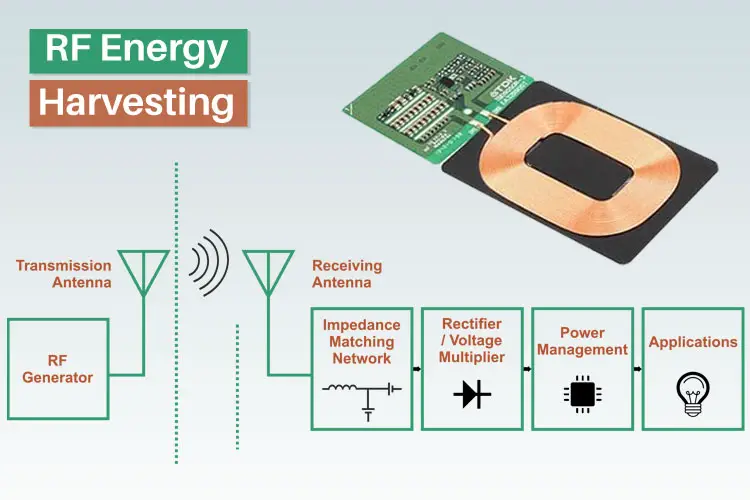
8. Hydroelectric Energy Harvesting
Hydroelectric power production depends on using the force of moving water. It is now feasible to produce power from sources like rivers, streams, or even water pipelines thanks to advancements in small-scale hydroelectric turbines. These systems provide distant locations or places with limited access to conventional electrical infrastructures a reliable and sustainable power source by using the kinetic energy of running water.
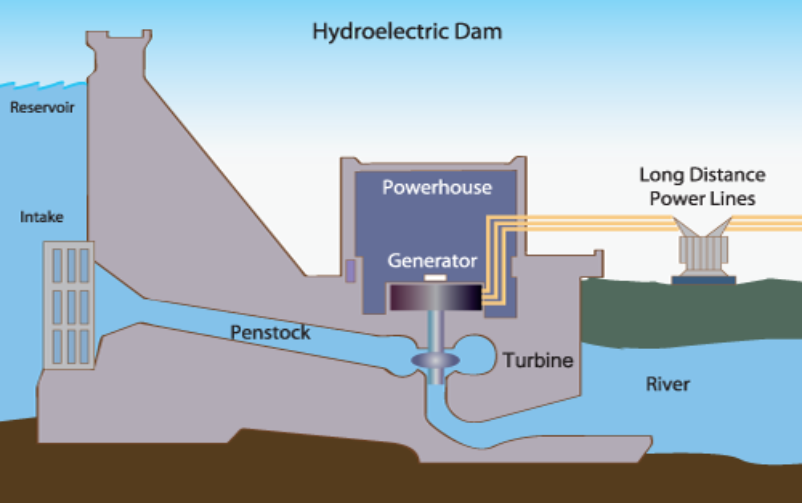
9. Triboelectric Energy Harvesting
Triboelectric energy harvesting is the process of creating electricity from frictional forces that are produced when two distinct materials come into contact with one another. Triboelectric nanogenerator (TENG) advancements have made it possible to efficiently transform mechanical energy into electrical energy. This innovation opens up the possibility of self-powered devices, intelligent surfaces, and even energy harvesting from background motion like wind or ocean waves.
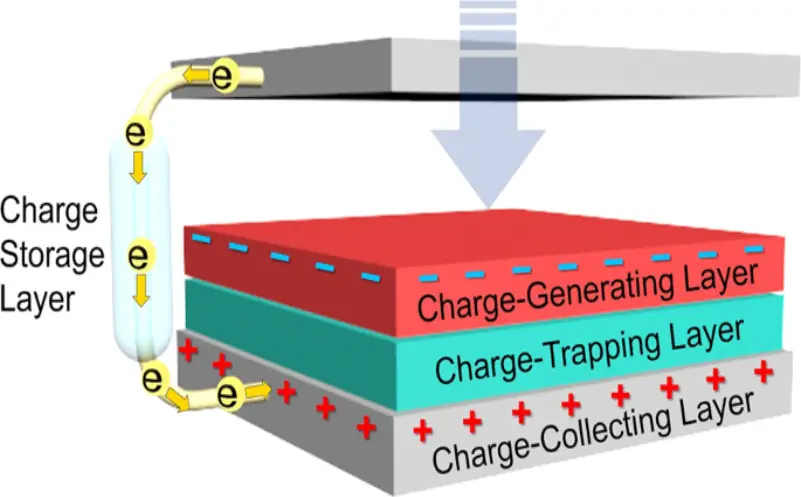
10. Advanced Energy Storage Systems
To provide a consistent supply of electricity, modern energy storage systems are typically used in conjunction with energy-harvesting machinery. Supercapacitors, high-capacity batteries, and novel materials for hydrogen or other fuel storage are examples of energy storage advancements that have made it feasible to manage energy. These innovations increase the dependability and viability of energy harvesting technology, enabling the storage and use of any additional energy generated in the future.
